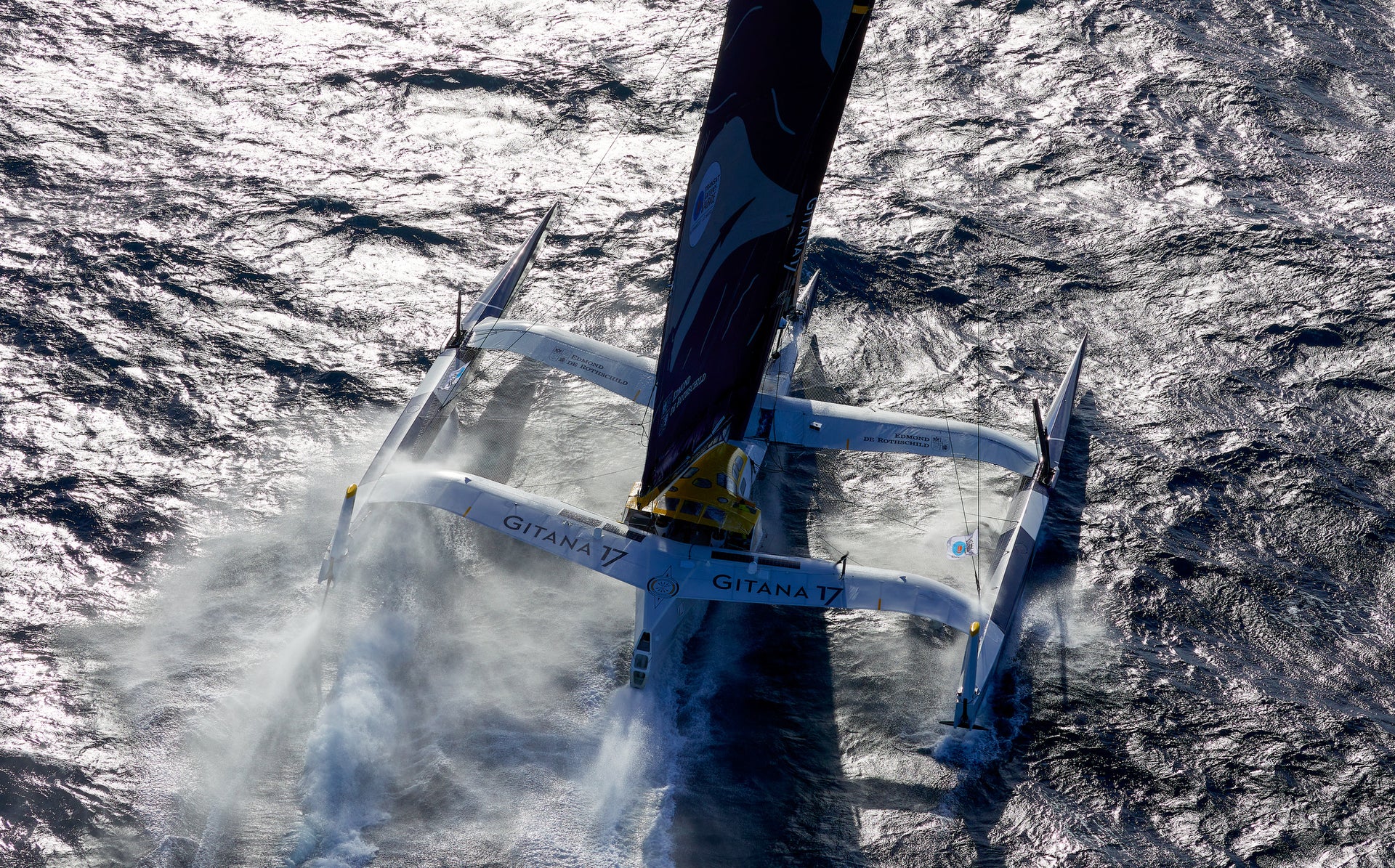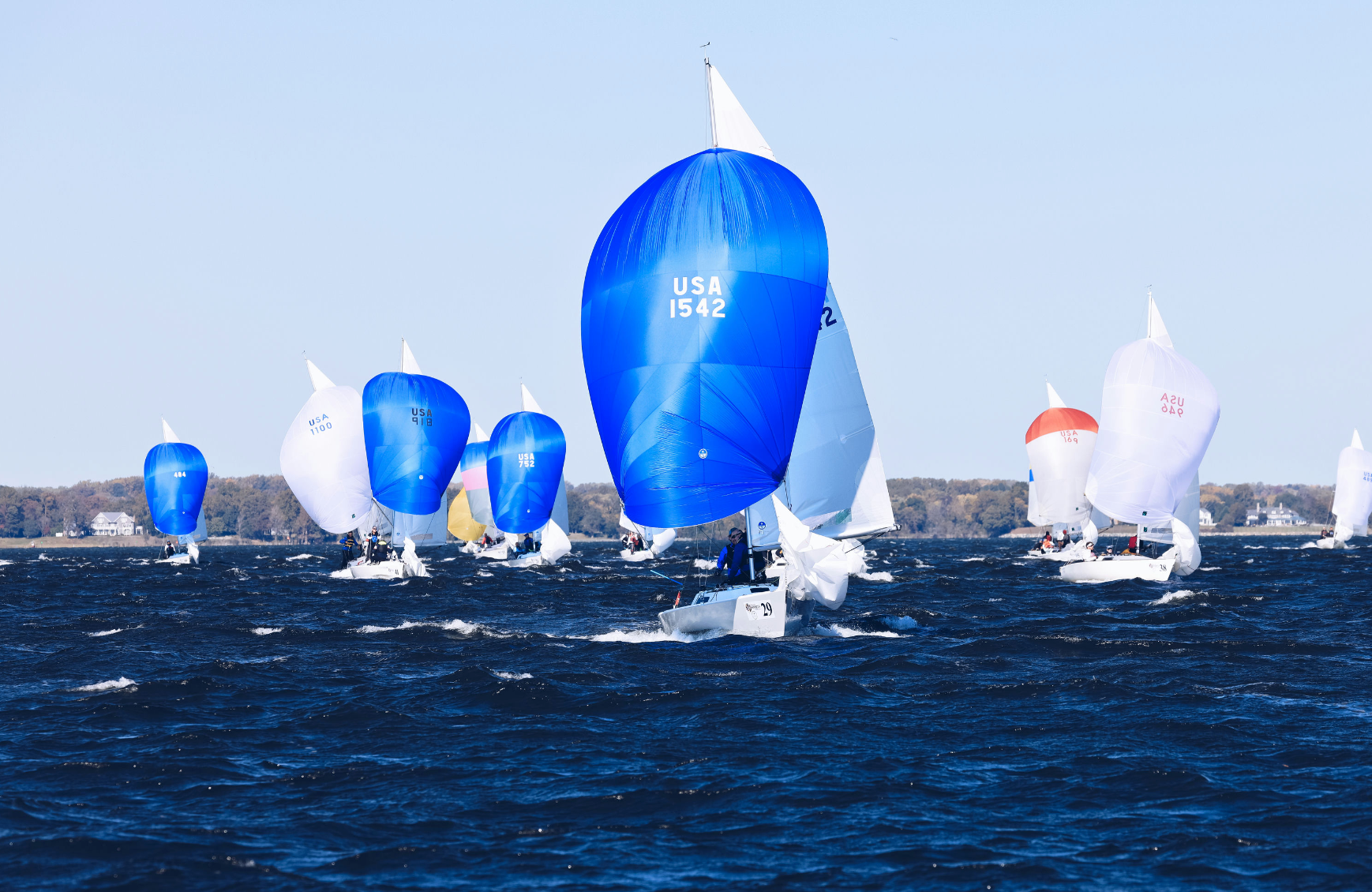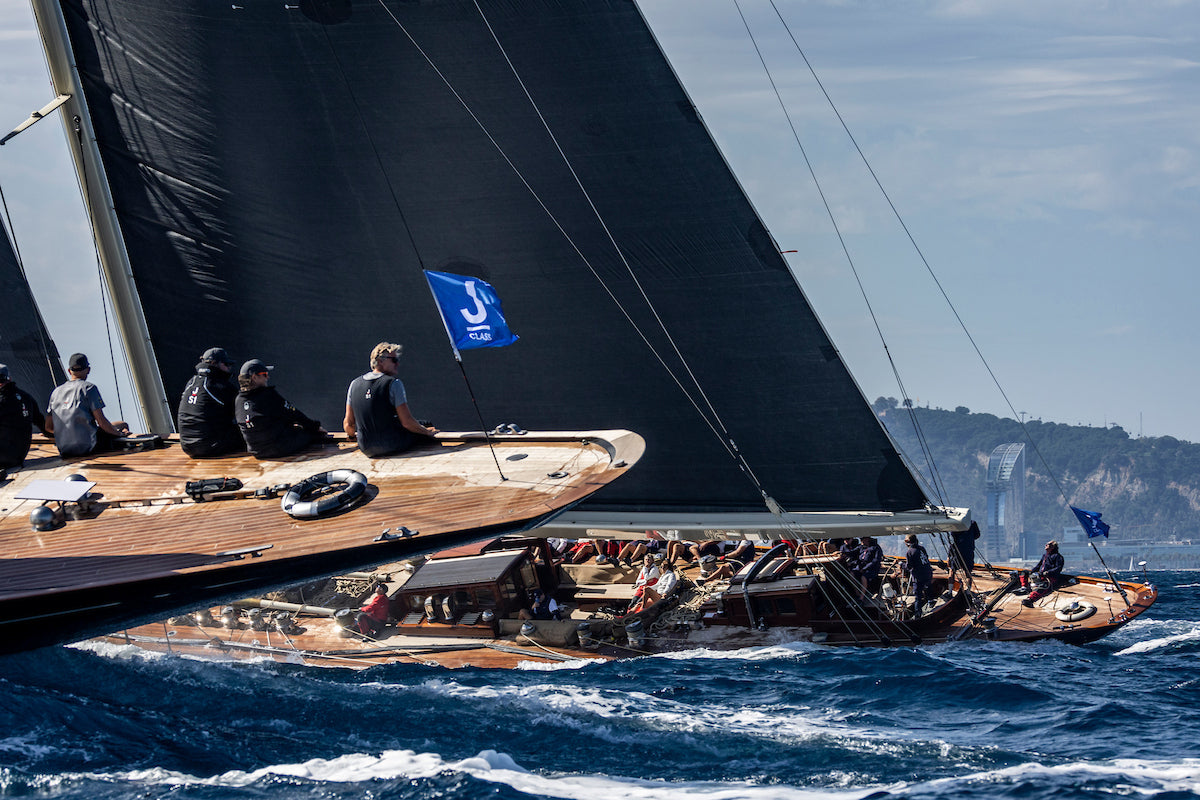LIVE UPDATES: THE 2021 TRANSAT JACQUES VABRE FINISH
LIVE UPDATES: THE 2021 TRANSAT JACQUES VABRE FINISH
Following the Four Fleets to Martinique
The Transat Jacques Vabre (TJV) departed Le Havre, France on Sunday Nov 7th, and there are four classes currently racing toward the finish in Martinique. This biennial event is a major training milestone for all the competing programs and represents a significant body of work for North Sails, especially for our colleagues in France. Of the 79 teams participating, 42 have North Sails onboard.
The TJV fleets are expected to start arriving to the finish in Martinique the next few days and will trickle in throughout the next week or so. Bookmark this link and check back often for updates!
November 19, 2021, 7:01pm GMT
The Transat Jacques Vabre: A Collaborative Effort at All Levels
November 19, 2021, 5:45pm GMT
North Sails experts cover race history and some insights for this exciting doublehanded Transatlantic challenge
The 1st TJV in 1993 was a solo event from Le Havre to Cartagena, Colombia. It switched to doublehanded in 1995, and has since become known as the toughest and longest-running two-handed transatlantic race. It is sailed every two years.
In 2007, the Class 40s joined the IMOCA party as a separate fleet, bringing the total number of boats (both monohull and multihull) to a record-breaking 60. In 2015, the Ultims joined the party, and we also saw the first foiling IMOCA. JP Dick won the race for a fourth time in 2017, and he still holds the record for the most wins.
2021 sees the return of the giants of the seas – the Ultims – after a gap year in 2019. All the skippers will head for La Martinique, with each of the four classes on its own route—in hope of a tightly grouped finish.
Insights from North Sails Head of R&D Gautier Sergent:
This race has had many faces over the years, but there are always four key defining elements:
- It is a grueling double-handed race often marked by violent storms.
- The boats are pushed to their limits.
- The finish is hotly contested.
- The finish is in a country that produces coffee! It is the “route du cafe”.
This makes the TJV a wonderful testing ground for both talent and equipment. Close racing, harsh conditions, boats pushed to their maximum: what more could we ask for?
The new boats, across all classes, are getting more powerful and faster. As always, power is nothing without control, and the course should be a perfect hunting ground for our Helix sails. The Helix concept was an integral part of these latest design iterations, and the conditions should further prove their improved power delivery across a wider range.

Charlie Enright, co-skipper of 11th Hour Racing’s Malama, is sailing his second TJV. Here is what he had to say about what the race means for his team:
“The TJV helps us better understand our sails because we’re going to be sailing on specific inventory combinations for extended periods of time, which is something you don’t really get a chance to do in training. In training, you’re trying to cram as much as you can into a short period of time. Hopefully, the advancements will continue with crossovers and geometries and the results will inform the development of our future sails.
“It’s important that we have the most reliable sails available to us. We put them through some treacherous conditions, and we don’t want to have to think about babying them as we compete.”




























